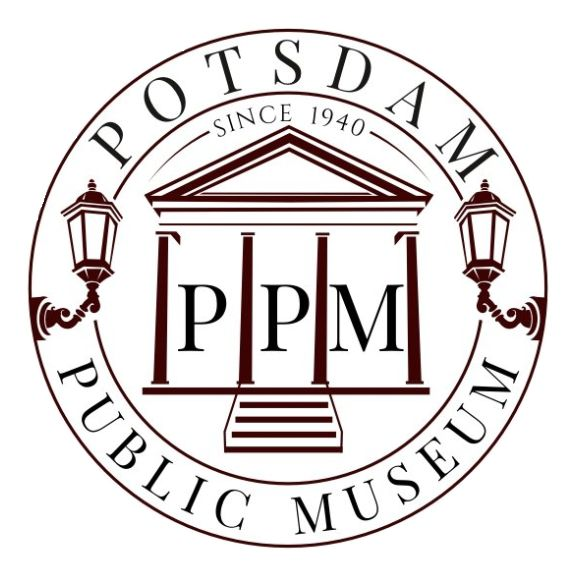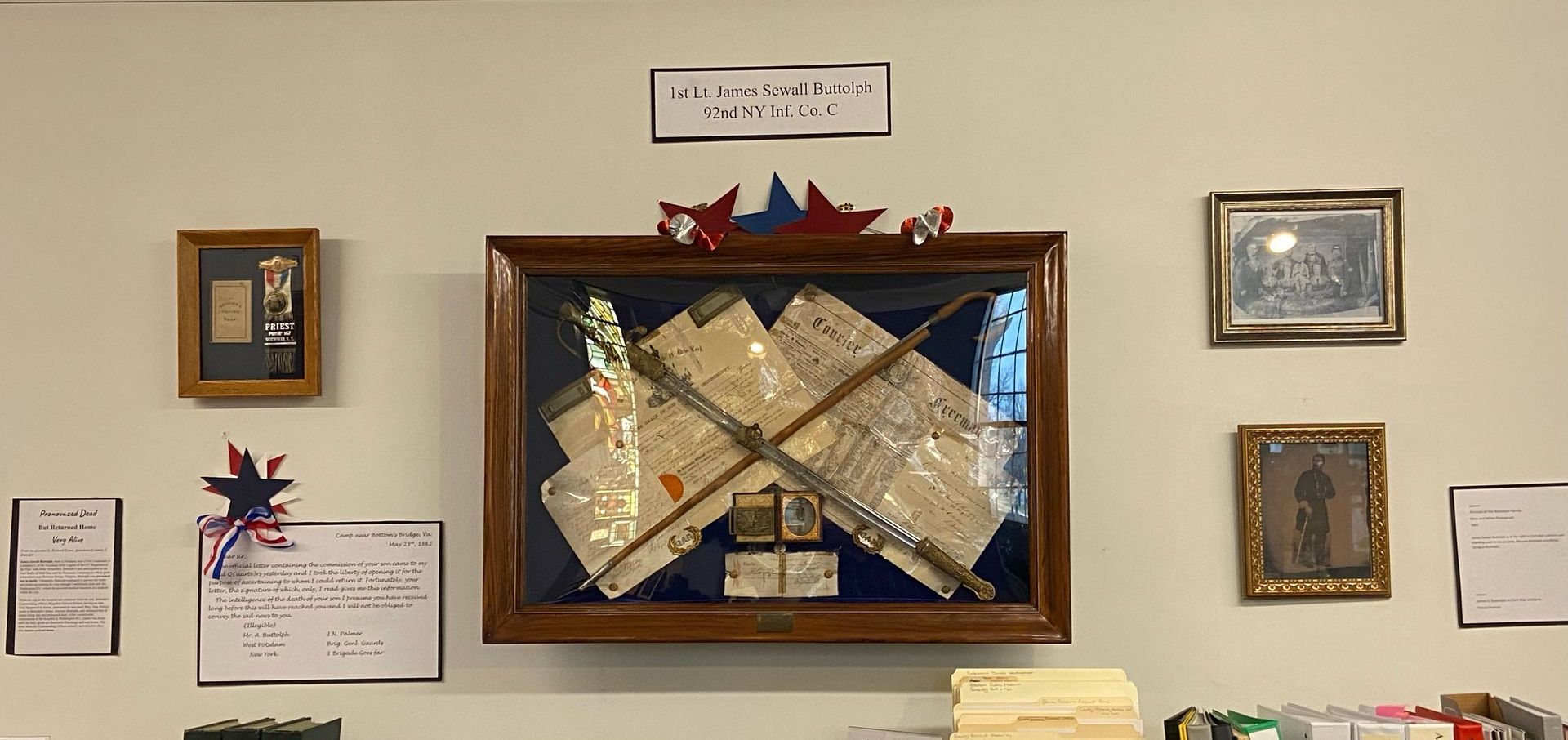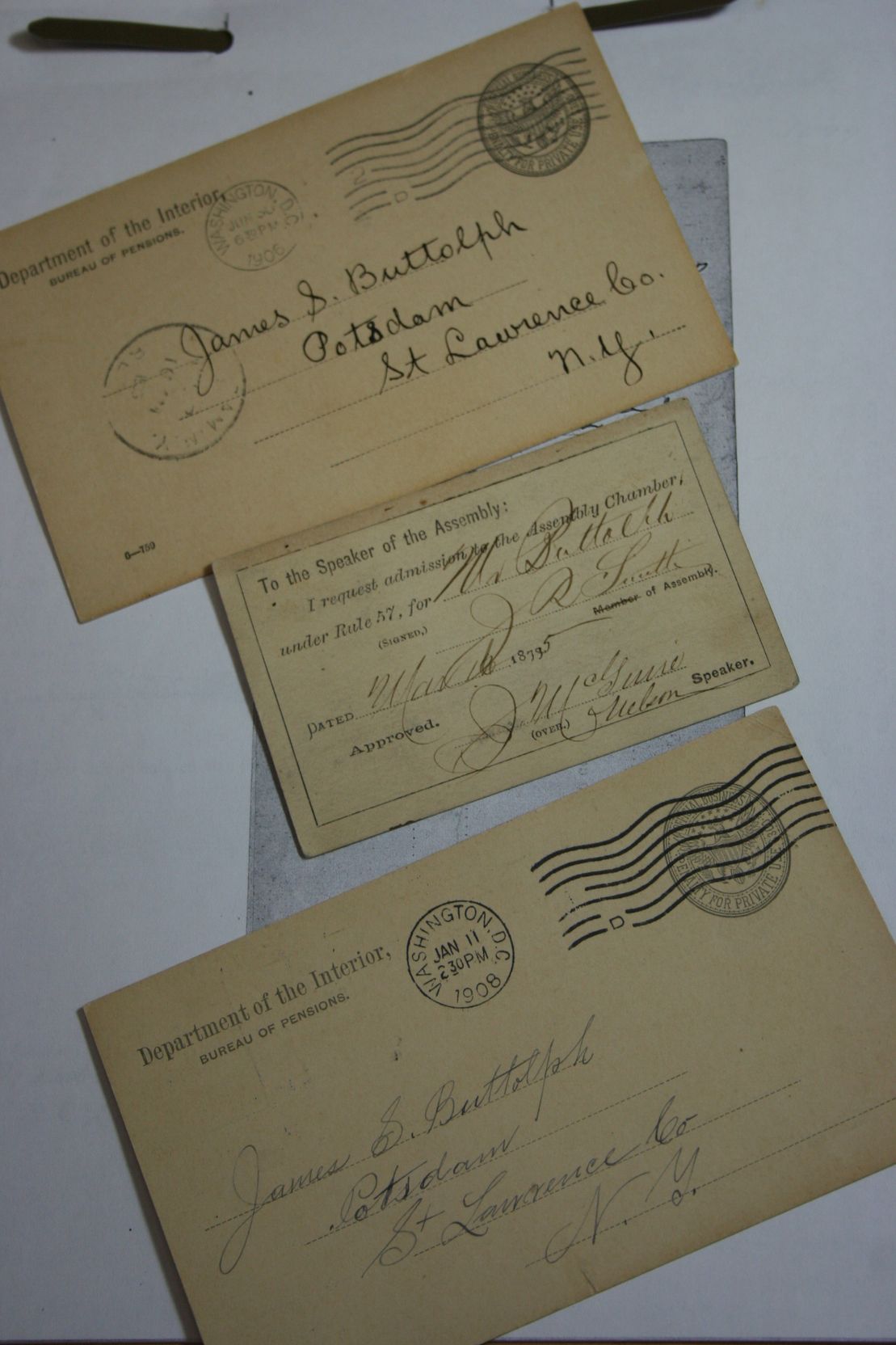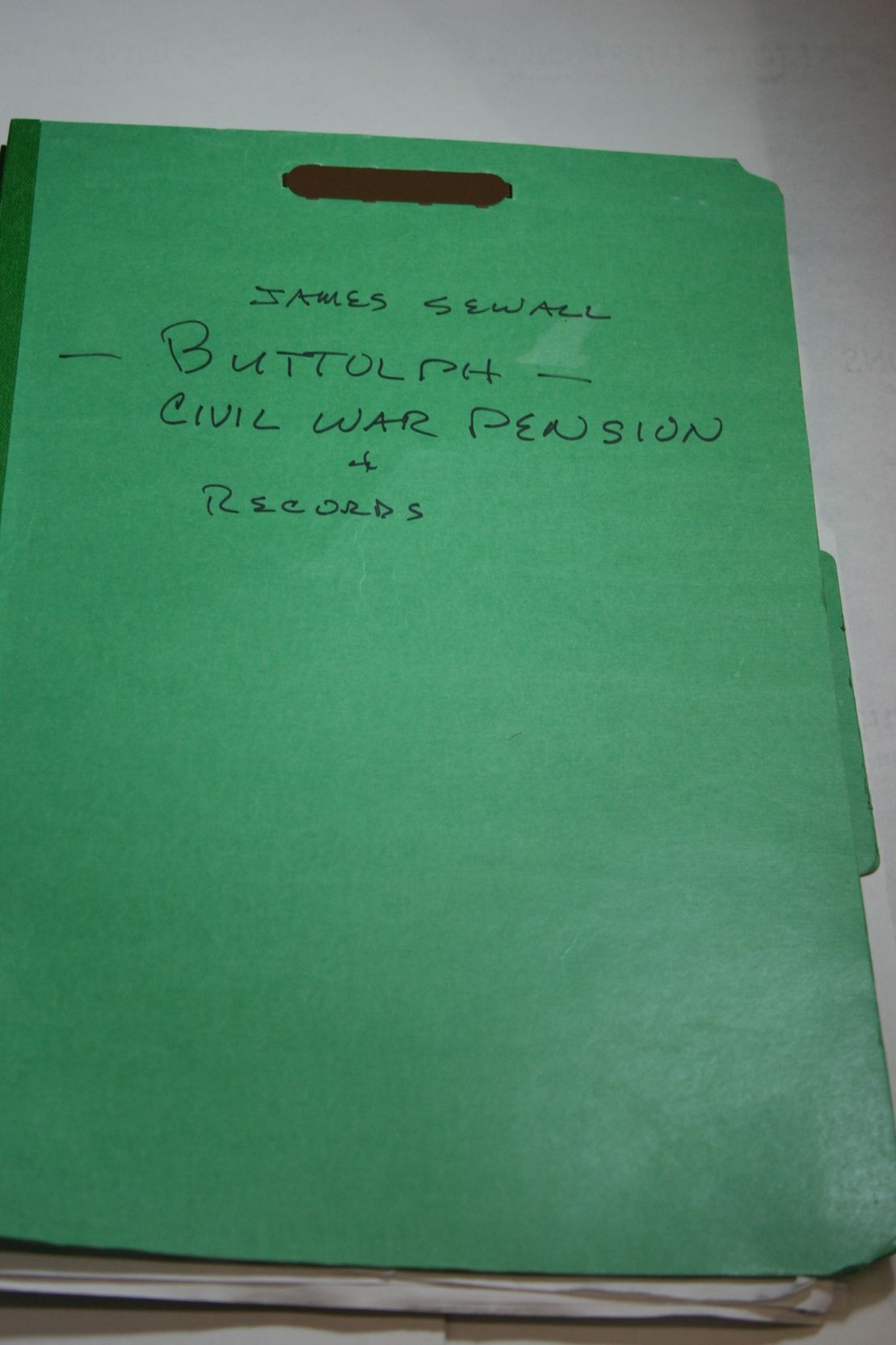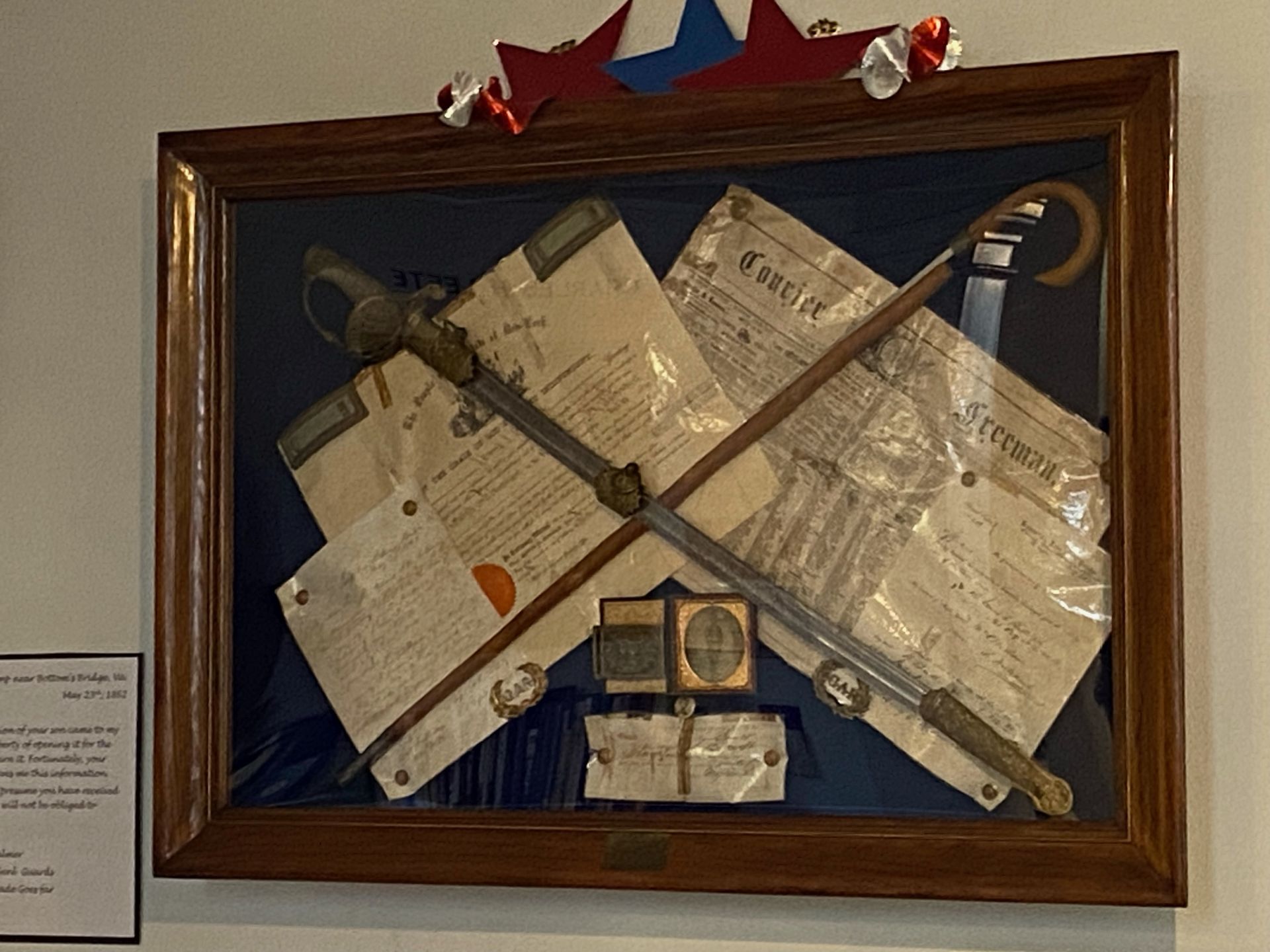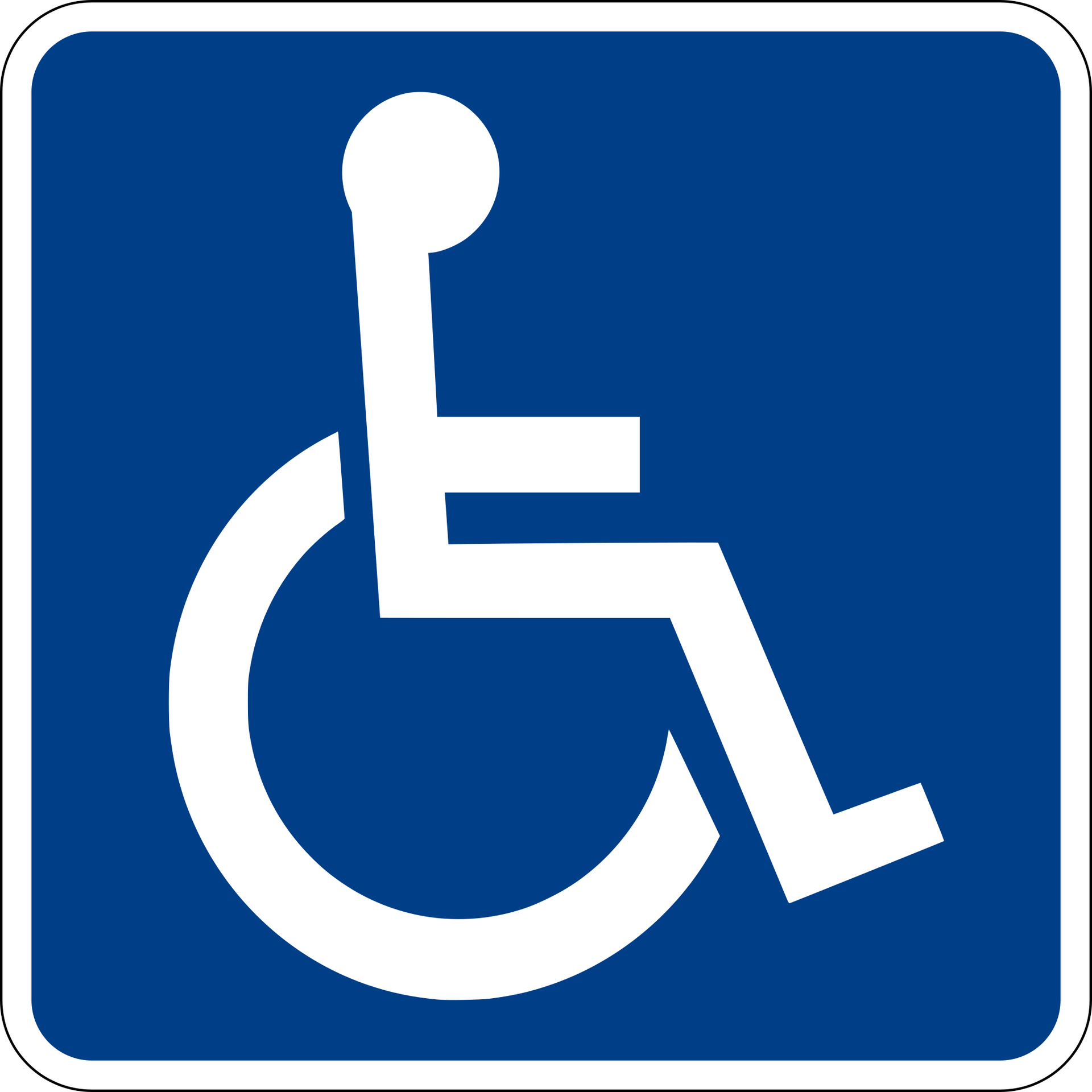2nd Lt. James Sewall Buttolph Exhibit
James Sewall Buttolph was born on January 9, 1838 to Abyram and Betsy Sprague Buttolph. His parents came from Vermont and established a farm just outside of West Potsdam. By 1840, the family had moved to West Stockholm and taken interest in a fork and hoe factory there for a few years before returning to farming. The young James attended the local school and eventually the St Lawrence Academy in Potsdam.
When the Civil War began, Buttolph enlisted in Captain C. A. Burnham’s Company C of the 92nd New York Volunteer Infantry Regiment (Second St. Lawrence County Regiment; New York Excelsior Rifle Legion; Excelsior Rifle Blues; Potsdam Regiment) as a Second Lieutenant on October 10, 1861. By January 13, 1862, Buttolph was commissioned as a First Lieutenant in the regiment.
After returning from the war, James married his first wife, Martha Burnham, in November 1864. According to Gates Curtis’ history of the county, Martha was the half-sister of Buttolph’s former captain, C. A. Burnham. The pair had two children: James A., in 1872, and Linnie May, in 1877. Martha would die in 1883 and James remarried to Kate E. Barry of Massena in 1888. Together they would have one child: Hazel Mary, born 1890. He outlived his daughter Linnie, who died in 1902. In 1879, he was elected highway commissioner of Potsdam for two years. Like many veterans, he joined the local GAR post, specifically the Luther Priest Post No. 167 in Norwood. He also joined the Potsdam Grange, No. 30 and the Independent Order of Foresters of West Potsdam.
James S. Buttolph died on May 4, 1911 at the age of 73 in Potsdam. He was survived by his second wife, Kate, his son James A., and daughter Hazel M. According to his obituary, many mourners attended his funeral to pay their respects. He is buried in Bacon Cemetery along with his two wives, children, parents, and brother
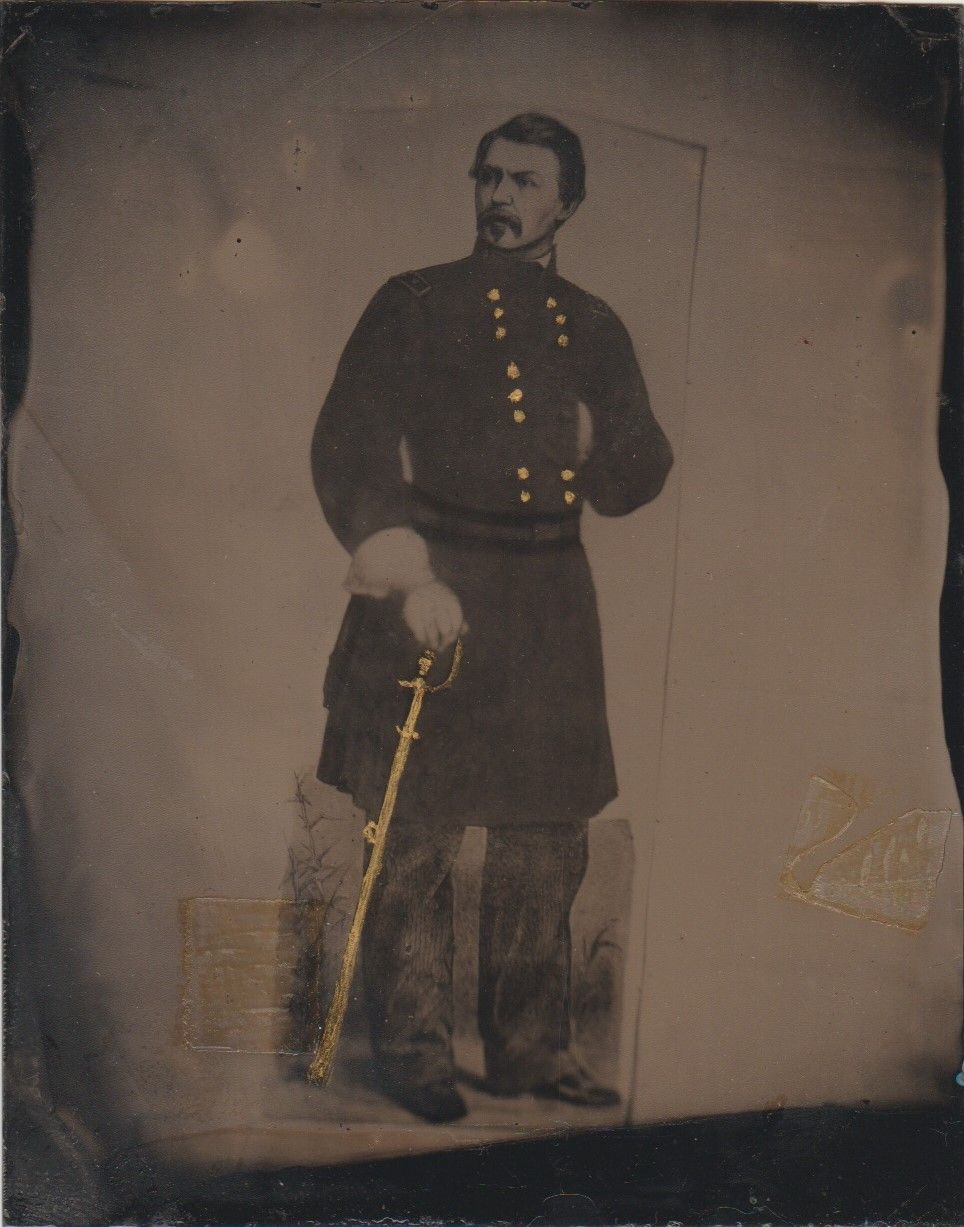
Reported Dead But Returned Home Alive
Serving with the 92nd Regiment from its formation and during McClellan’s Peninsular Campaign, James was wounded somewhere near Bottom’s Bridge in Virginia. Though unclear what his injury was, he was believed dead and a letter was written and sent off to his family. However, Buttolph wasn’t dead and soon recovered. Receiving an honorable discharge from the Army due to poor health, he received the pay due to him and set out for home.
According to his grandson, Richard Evans, James was aware that thieves watched out for returning Union officers at train stations and he spied two suspicious men that seemed to be following him. Feeling unsafe without a means of defense, he purchased a cane with a concealed blade to protect himself. Upon arriving in Syracuse with the two men still following him, he pretended to beg for food to convince them he had no money. Furthermore, the letter informing his family of his death took longer than expected to arrive and Buttolph beat it home. Family history goes that Betsy Buttolph wouldn’t let her son into the house until he had changed his clothes, washed up, and got rid of the lice.

Buttolph Collection at Potsdam Public Museum
James S. Buttolph’s family kept the many artifacts of his life for two generations before his grandson, Richard Evans, donated them to the Potsdam Public Museum. Mr. Evans’ mother was Hazel Mary Buttolph, James’ daughter. Hazel attended the Potsdam Normal School and worked as a teacher after graduating in 1908. She married Bernard L. Evans, employed at the Potsdam Electric Light and Power Company, in 1919 and they had a few children, one was Richard. Hazel Evans died in 1978, passing the items on to her son. Richard Evans attended Clarkson University and graduated with a bachelor’s in civil engineering in 1956 and married Harriet Lamb the same year. He went on to work as a traffic engineer for the city of San Francisco by 1965.
Richard Evans contacted the Museum in 2016 to inquire about information pertaining to his other, grandfather, and great-grandfather. At the time, he expressed some interest in donating the shadow box he had constructed to house many of the items. However, communication difficulties resulted in it falling off the museum’s radar for a time until 2019 when Mr. Evans contacted the museum again. Hearing that the museum was interested in James S. Buttolph’s artifacts, Mr. Evans was eager to donate them.
Over the course of 2020, Mr. Evans sent the shadow box, tintypes, and other items to the museum from California. The way the collection was transported necessitated the remounting of the shadow box’s fittings upon arrival and reassembly of the display. Then accessioning the collection and cataloguing was required before it could be put on display. In the summer of 2021, the shadow box and other items were put on display.
